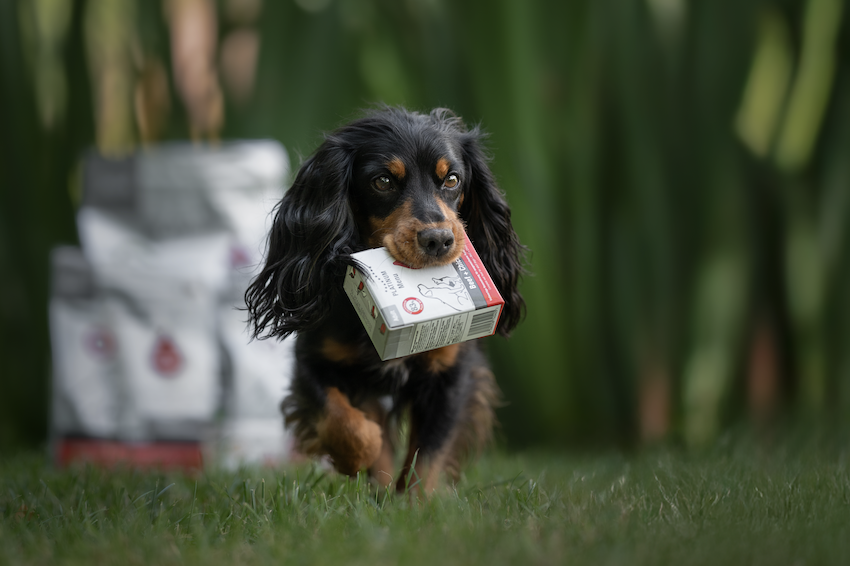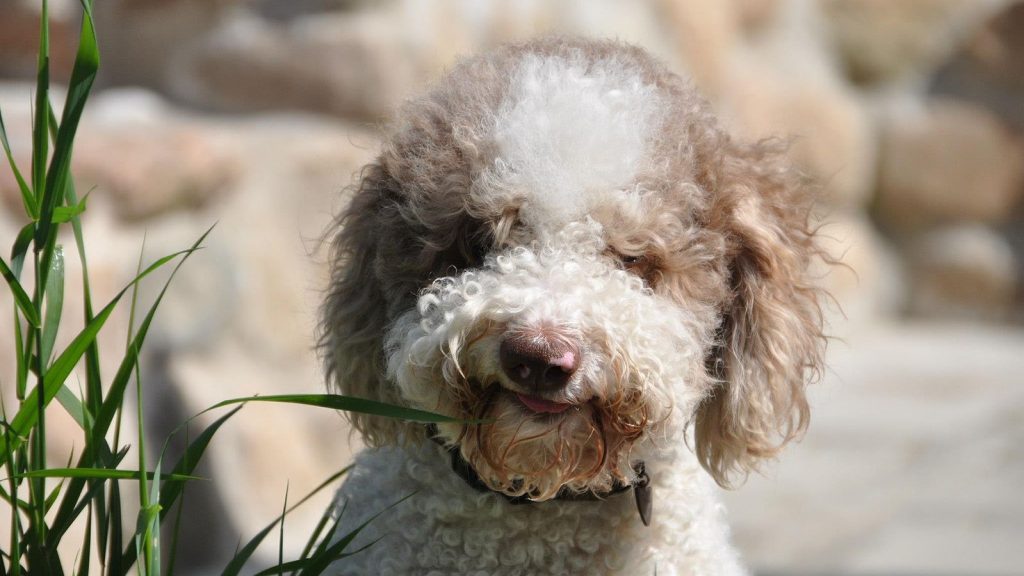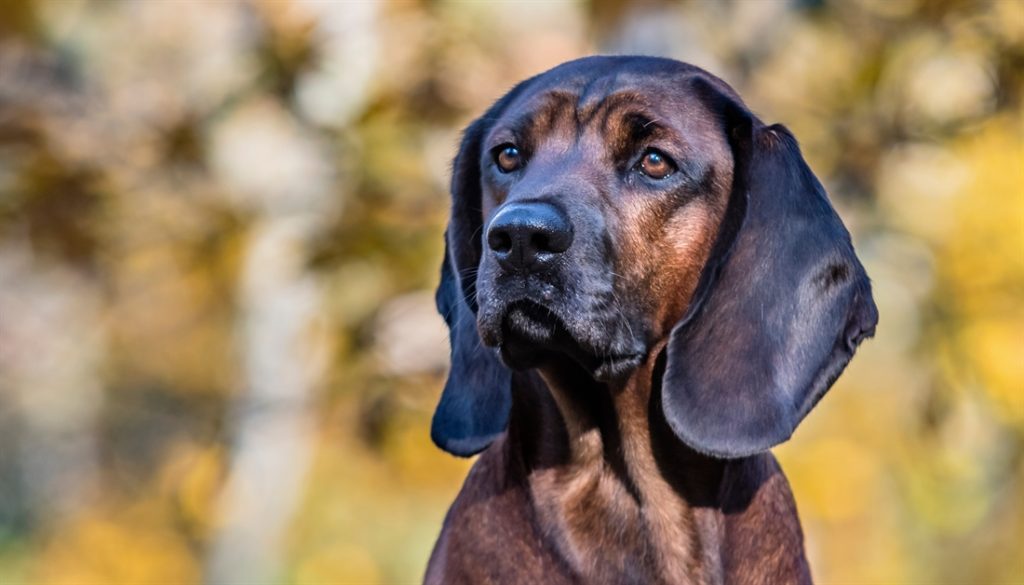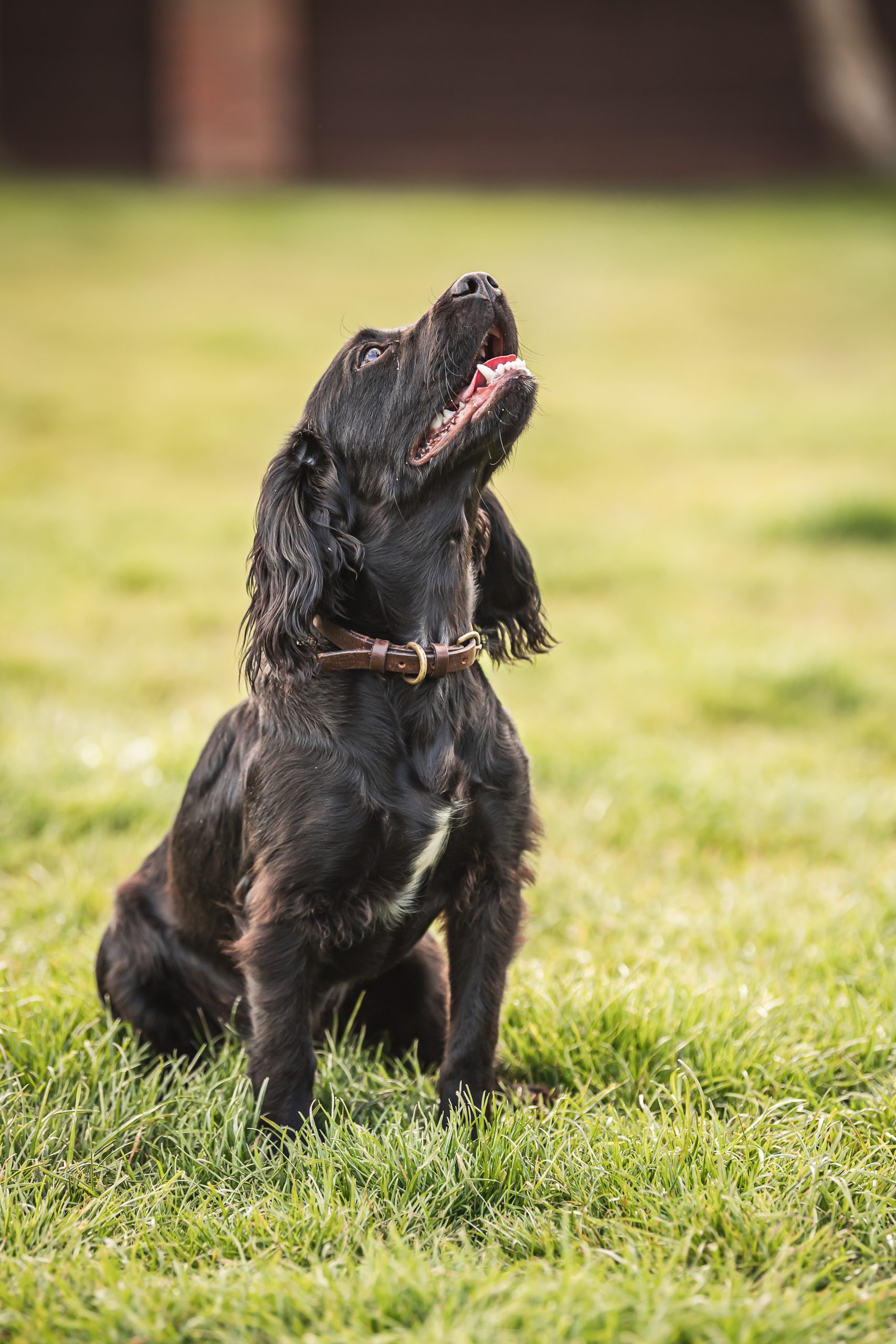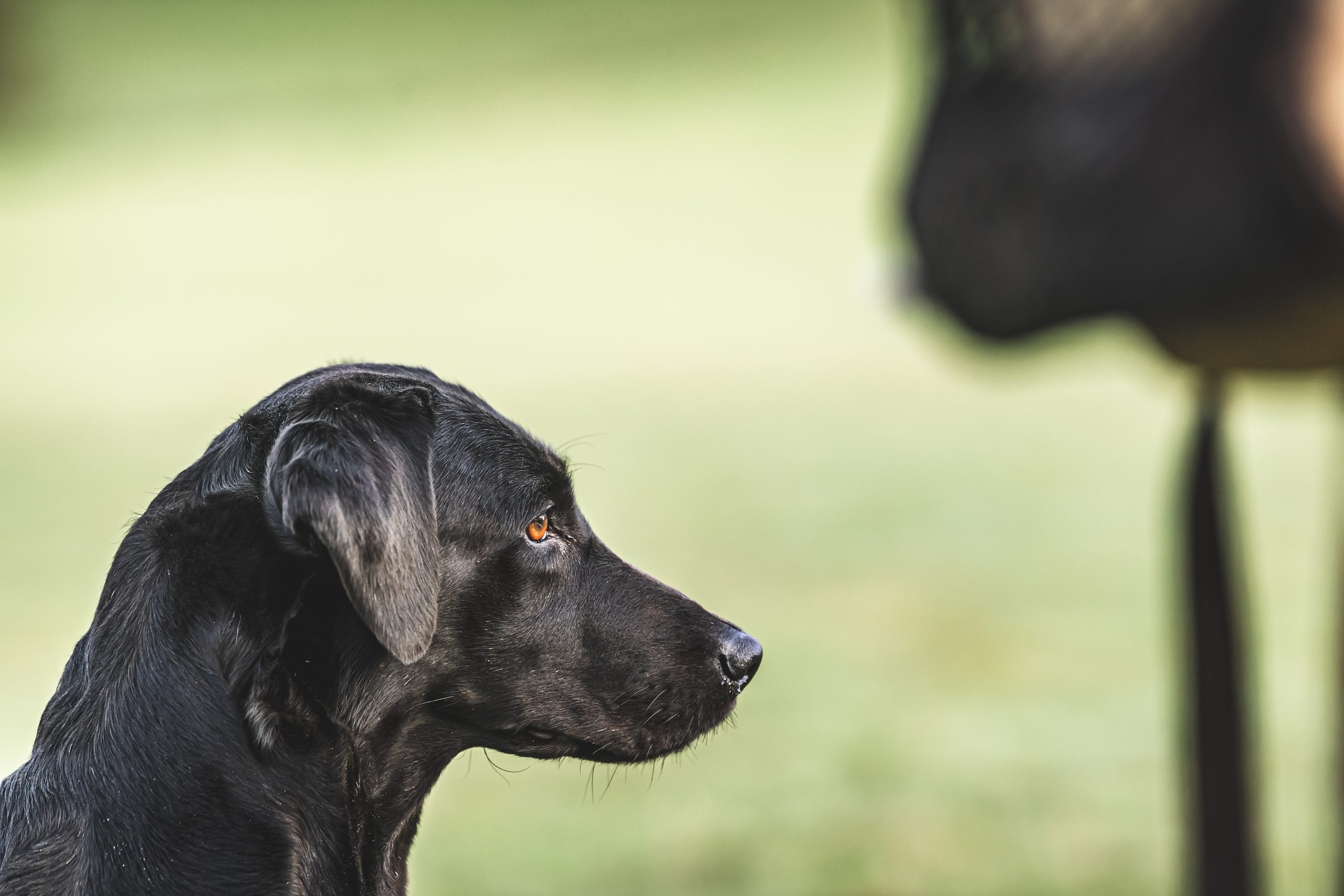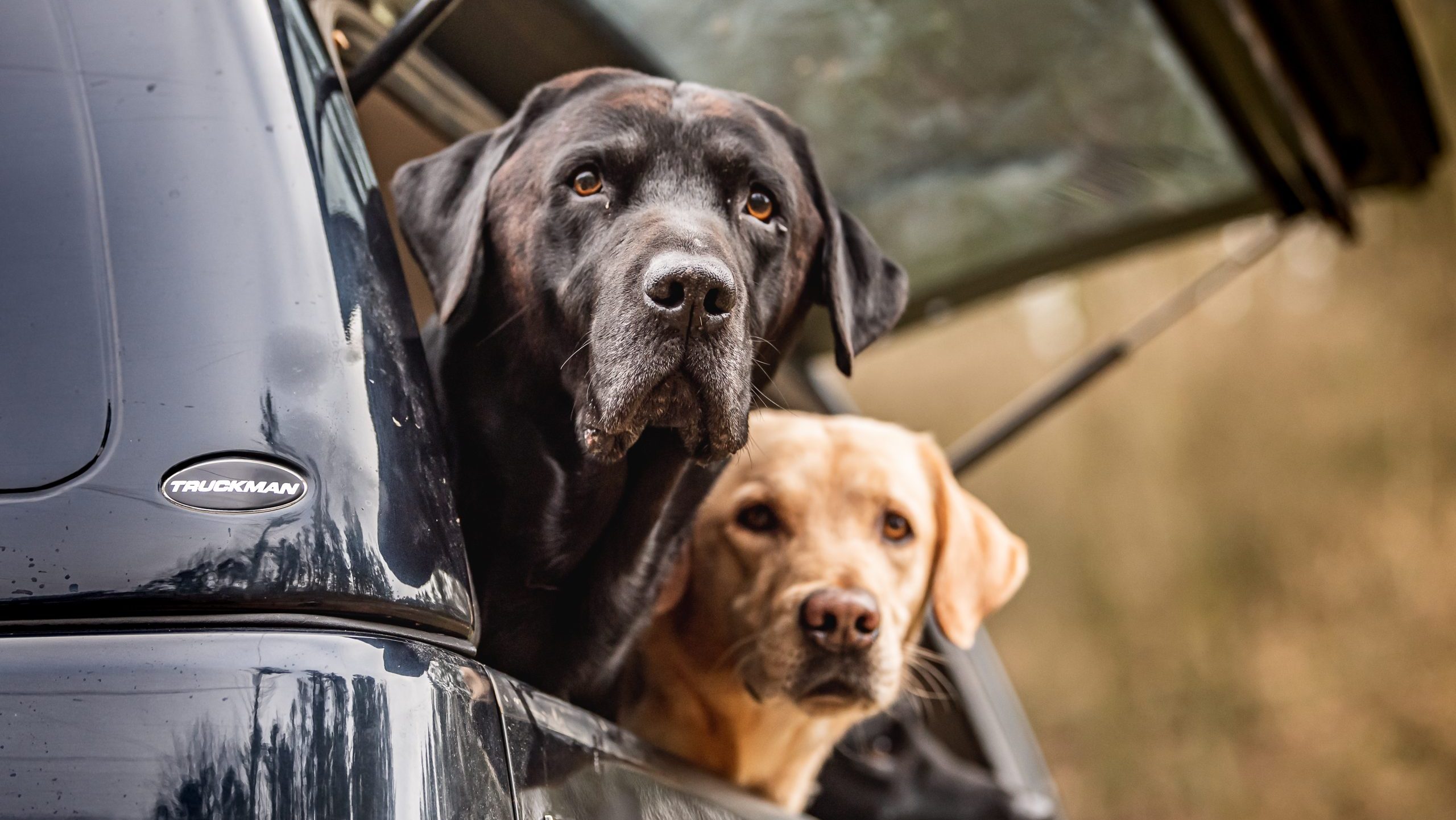Breeds
Bred for the common man
Since its arrival on British shores, the German shorthaired pointer (GSP) has flourished as a handsome high-energy, loyal and versatile gundog, an ideal companion for shooting both small and big game.
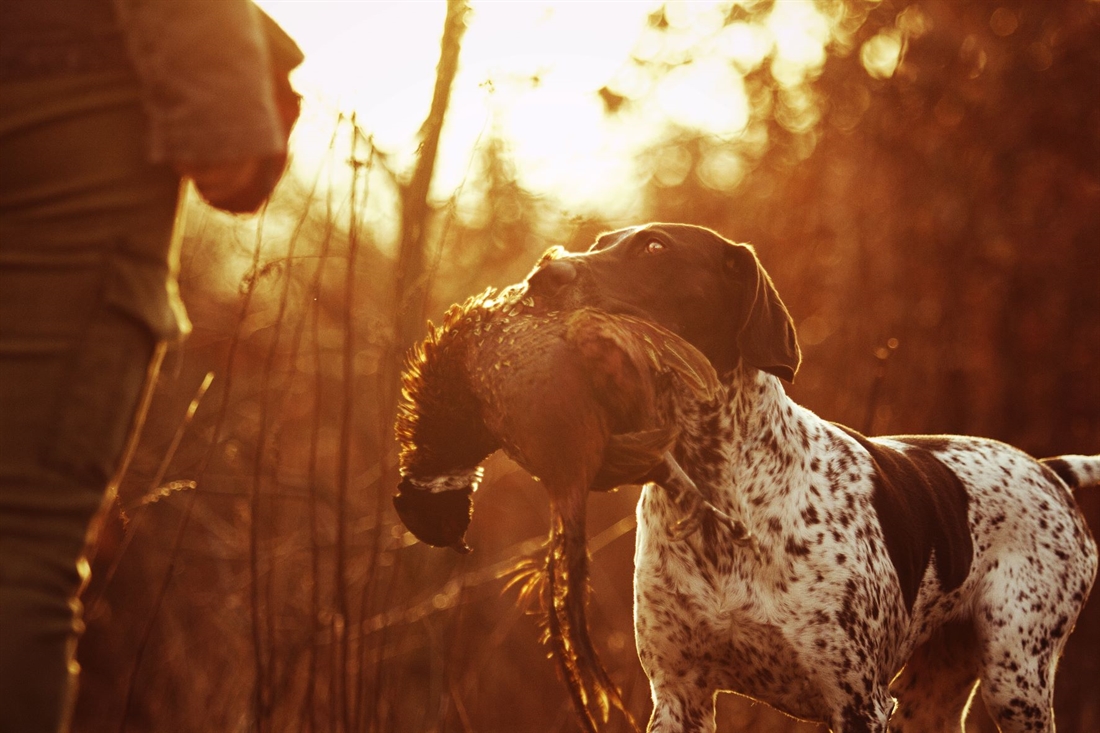
Unlike other popular Hunt, Point & Retrieve (HPR) breeds with noble origins, like the Hungarian vizsla and weimaraner, the GSP was created as a dog for the common man.
In the mid-19th century, middle classes prospered in the German Empire under Prussian rule. For the first time people like merchants and professionals were able to purchase land on which to hunt, and a movement began to create a national dog that could accompany its owner on foot in dense forest and open fields in pursuit of many types of fur and feather. Teutonic hunters also desired a dog with the courage and strength to face and track large game like deer, fox, wolves and wild boar. They also envisioned a dog that would provide companionship in the home and protect the family from intruders.
Over decades individual breeders crossed existing dogs, resulting in disparate dogs that shared a common name but were physically and genetically diverse. Although there is little evidence, most experts agree that original foundation dogs included the old Spanish pointer, other continental pointers and German blood scent hounds or ‘schweisshunde’. Later on crosses with English and Arkwright Pointers were made to reinforce the pointing instinct and produce a sleeker and more elegant dog, eager to hunt and retrieve small game but bold enough to interact with larger animals.
In 1872 the first GSP was entered into the German Kennel Stud book, and 11 years later two competition dogs named Nero and Treff are credited as foundation dogs for the breed. In 1891 the Klub Kurzhaar was formed to create a standard and guidelines for this new and exciting national dog. Up until the 1930s the breed was improved and consolidated and captured the attention of sportsmen across the world.
The Second World War and ensuing Cold War had a devastating effect on GSPs in their homeland, greatly reducing their numbers and narrowing the gene pool.
The Beginning In Britain
Luckily, they still thrived in other countries like Britain, where returning servicemen brought GSPs back home at the end of the Second World War.
In 1952 about 50 breed enthusiasts formed the first GSP Club in the UK, with the aim “to promote, foster and protect this dual-purpose gundog in the British Isles and to organise field trials for the breed.” Additional branches and groups were eventually added and a second national breed club, the GSP Association, was formed in 1972. Today these breed clubs as well as numerous HPR societies promote and support the breed.
These specialist societies have sought to maintain the status of the GSP as a dual-purpose breed and to prevent the split of working and show strains. Members are encouraged to both show and work their dogs. Today the Kennel Club (KC) deems the breed as ‘fit for function’, free of visible conditions or exaggerations detrimental to their health and welfare. Many dogs have won both show and work awards and nine have attained the status of dual champion, the ultimate accolade.
ALERT AND POWERFUL
The GSP is a medium-sized dog that is lean, agile and powerful. It is alert and energetic with an elegant outline, clean cut head, long sloping shoulders, deep chest and powerful hindquarters. The eyes are varying shades of brown, while the ears are moderately long and floppy, set high on the head. The tail is customarily docked to prevent injury when working in close cover. In classic point stance, it is held straight out in line with the body and head.
Its characteristic coat is short, flat and water resistant, enabling the GSP to work both on land and in water. Colours can be solid liver or black, or these two colours with variations of white spots or ticking.
As a multi-talented dog, the GSP is clearly intelligent. It is bold, active and eager to learn and be trained. It has an affectionate and cheerful disposition and is very peopleoriented, well suited to family life. Young dogs, however, can be very boisterous so care must be taken with very young children. Likewise, given its high energy, strength and need for exercise, this breed is not the best choice for the elderly.
As a companion dog the GSP does not generally adapt well to kennels unless trained from a young age. It should not be left alone for long periods to prevent boredom and destructive tendencies. It is reputed to be a master escape artist so a high-fenced, large garden is advised. Unless you live near a large park where free running is possible, it is better suited to life in the countryside.
Its inbred prey instinct can lead this dog to independently hunt and kill small animals like cats and rabbits, so it should be trained from early on not to do so. That said, it usually gets along with other animals in the home if brought up with them. The GSP has an inbred guarding instinct and is considered a good watchdog as it is prone to bark; although protective of its family, it is reserved but usually non-aggressive towards strangers. To grow into a wellrounded dog, the GSP should be socialised as a young pup to different people, animals, sights, sounds and experiences.
Tough And Healthy
The GSP is considered a tough, healthy dog. Like all purebreds, it is subject to a number of hereditary disorders, such as hypothyroidism, hip dysplasia, progressive retinal atrophy and skin disorders. In the KC’s most recent Health Survey, the median age was 10 years and the most common causes for death were cancer, old age and stroke. As a deep chested dog, it can be prone to gastric torsion so it should be fed smaller meals more than once a day and not exercised directly after eating.
Currently the KC only advises breeders to screen breeding stock for hip dysplasia under the BVA/KC Hip Dysplasia scheme. Other than standard breeding restrictions for purebred dogs, there are no specific restrictions in place for the GSP. Its latest average inbreeding coefficient (COI), based on last year’s puppy registrations, is 5.8%, which is at the lower end of the scale for gundogs. When buying a puppy check the mating’s COI on the KC Mate Select: it should be no higher than the average and ideally under five per cent to ensure the future health and genetic diversity of the breed.
Considered one of the most energetic breeds, GSPs require about two hours a day of exercise and running, which should also include games or training to provide adequate mental stimulation. They should never be allowed to hunt on their own.
With its short coat, the GSP is a very clean breed that requires minimal grooming – just occasional brushing. Like other dogs with floppy ears it can be prone to ear infections, so ears should be checked and cleaned regularly. They are well adapted to temperature and warm climates, but not well-suited to very cold climates. Given their high energy and need for exercise they tend to drink lots of water.
An All-Rounder
The GSP is a valued companion for the rough shooter and adventurous sportsman. It has the stamina and versatility to endure long hours on upland moors to hunt, flush and retrieve game, but is equally proficient at retrieving wildfowl on estuaries and coastal marshes or tracking wounded deer in dense woodland. It possesses a keen nose, highly developed pointing instinct and the eagerness to retrieve game on land or in water.
Although the driven shoot is not ideal for HPR breeds, with the right training and management GSPs can work at beating or picking up. In the beating line, they can be trained to work on the extremities in bordering wood or hedgerows, so they do not hold up the line if they occasionally go on point. Sitting still at drives in the picking up team is a good steadiness exercise, and they can be sent afterward to retrieve and sweep cover. Falconry is another natural outlet for the GSP.
Preparing For The Field
The GSP breed clubs and HPR societies offer training classes, often on a monthly basis, that cover every aspect of field work. They are divided into puppy, novice and open classes. Initially dogs are socialised and learn basic obedience skills, and then go on to learn about retrieving, hunting, pointing, jumping, water work, working to gunshot, tracking, steadiness and use of wind.
Once you have a well-trained dog, you can enter working tests during the summer months. These competitions are held outside the shooting season and are intended to assess the working abilities of HPRs and their handlers in preparation for the game season. Tests are organised into puppy, novice and open categories, and vary depending on the type of ground and conditions. There are usually four tests for each class: one hunt exercise, two retrieves and one in water.
In the hunting test the dog will be required to quarter open ground. Puppy and novice dogs hunt into the coming wind, while open dogs may have to work with side or back wind. Open dogs may have to point and flush game as well. Retrieves may be seen or unseen and are more difficult and at a longer distance for each advancing class; the same is true of work in water.
Once your dog has been trained to game you can enter a pointing test. These are non-competitive and held in the spring or autumn, aimed at assessing a dog’s natural ability to hunt and point game. Dogs are awarded grades of excellent, very good or good based on ground treatment, hunting and pointing. They are also required to be steady to flushed game on open ground.
THE TOP TABLE
In the spring pointing tests are held on partridge, when there is sufficient cover to hold the birds after they have paired but before nesting. In the autumn they are held before the start of grouse shooting on open moorland. Each test is restricted to 12 dogs and divided into junior and adult categories. Dogs are run singly into the wind to quarter open ground at least 50 yards on either side of their handler. They are required to hunt, point, hold game and flush on command.
The final level of competition, reserved to the most committed dogs and handlers, is the HPR field trial. These competitions are run as near as possible to an ordinary day’s rough shoot. In a one-day stake up to 12 dogs are required to quarter their beat, locate and point game, flush game on command and retrieve shot game on command. Unless eliminated, each dog is assessed by two judges and is required to complete a retrieve in water. Depending on the ground and conditions, a dog may be required to run 70 to 80 yards on either side of its handler on open ground, and at a reduced distance in woodland. Trials are organised as novice, all-aged or open stakes.
ARE YOU READY FOR A GSP?
The GSP is a heady mix of appealing traits and abilities, both as a companion and a worker in the field. Annual registrations have grown to over 1,700 a year, making the GSP the second most popular HPR breed and one of the top gundogs in Britain.
But – as always – there is a downside. Some of these dogs are sold to inappropriate pet homes and, due to lack of exercise and stimulation, end up in rescue centres. According to the GSP Club website, the GSP is not the easiest dog to rehome. Serious breeders sell to working homes first, then to show homes and lastly to pet homes.
If you are very active and in good health, have plenty of space and are up to the adventure, you will surely reap rewards with this dog. The question is, are you up to it?
Related articles
Breeds news
King’s new dog sends demand soaring
King Charles has welcomed a puppy to the royal household for the first time in over two decades.
By Time Well Spent
Get the latest news delivered direct to your door
Subscribe to Gundog Journal
Unlock the full potential of your working dog with a subscription to Gundog Journal, the UK’s only dedicated magazine for gundog enthusiasts. Published bi-monthly, this authoritative resource delivers expert training advice, in-depth interviews with top trainers and veterinary guidance to help you nurture a stronger bond with your dog.
With stunning photography and thought-provoking content, Gundog Journal is your essential guide to understanding, training and celebrating your working dog.
Save 10% on shop price when you subscribe, with a choice of packages that work for you. Choose from Print & Digital or Digital only with each journal delivered directly to your door or via the app every other month, plus access to past issues with the digital back issue library.


Manage Consent
To provide the best experiences, we use technologies like cookies to store and/or access device information. Consenting to these technologies will allow us to process data such as browsing behavior or unique IDs on this site. Not consenting or withdrawing consent, may adversely affect certain features and functions.
Functional Always active
The technical storage or access is strictly necessary for the legitimate purpose of enabling the use of a specific service explicitly requested by the subscriber or user, or for the sole purpose of carrying out the transmission of a communication over an electronic communications network.
Preferences
The technical storage or access is necessary for the legitimate purpose of storing preferences that are not requested by the subscriber or user.
Statistics
The technical storage or access that is used exclusively for statistical purposes.
The technical storage or access that is used exclusively for anonymous statistical purposes. Without a subpoena, voluntary compliance on the part of your Internet Service Provider, or additional records from a third party, information stored or retrieved for this purpose alone cannot usually be used to identify you.
Marketing
The technical storage or access is required to create user profiles to send advertising, or to track the user on a website or across several websites for similar marketing purposes.



